- Joined
- Apr 19, 2008
- Messages
- 1,493
This is the first topic in the Ask the Experts planned series. Our goal here is to use this thread as the ultimate place for the topic. To keep it in one place. We will also create a quick FAQ place from this place.
More on this here:
https://www.pricescope.com/community/threads/faq-and-ask-the-experts.240660/
Please post any question you may have or you think the average lurker or newbie might have. Feel free to answer as well. Garry Holloway the inventor of the HCA will be around to answer questions.
https://www.pricescope.com/community/threads/faq-and-ask-the-experts.240660/
Please post any question you may have or you think the average lurker or newbie might have. Feel free to answer as well. Garry Holloway the inventor of the HCA will be around to answer questions.


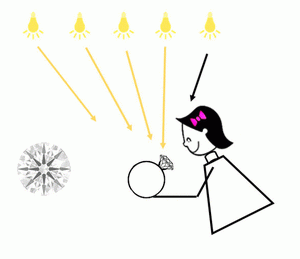
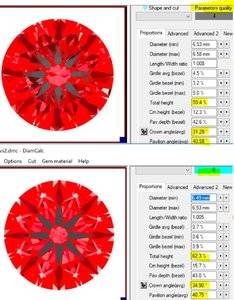
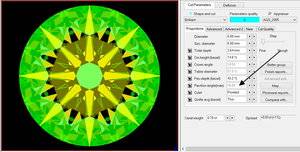
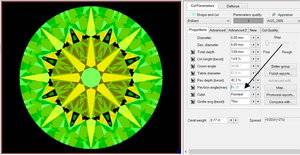
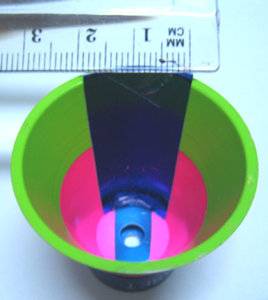


300x240.png)